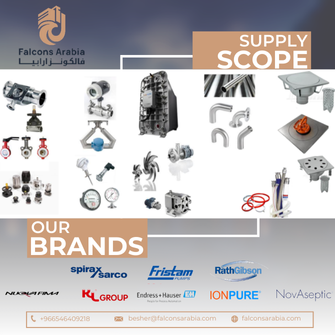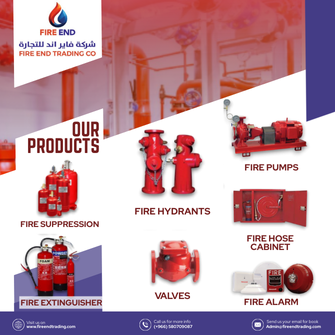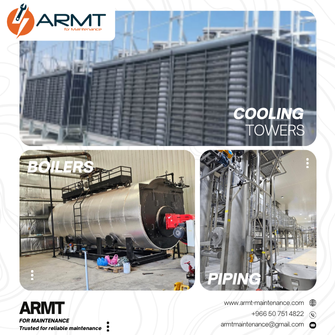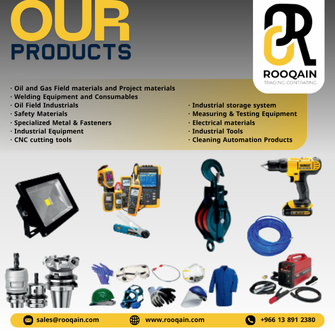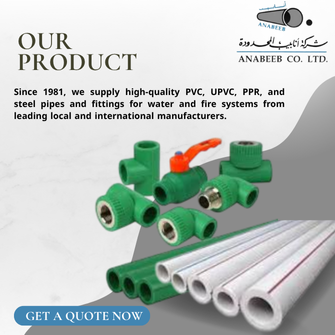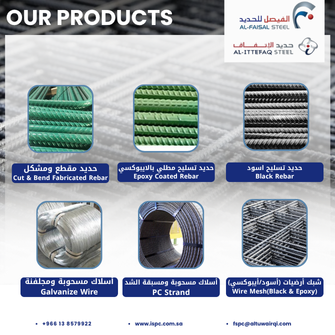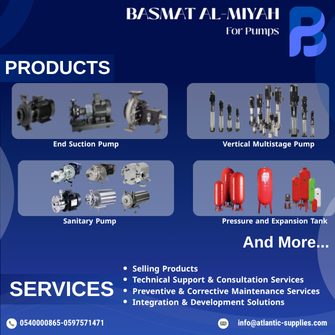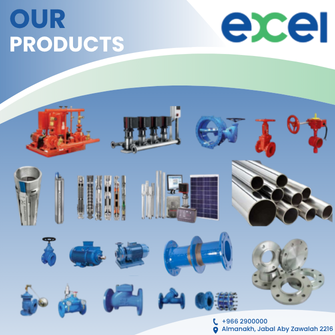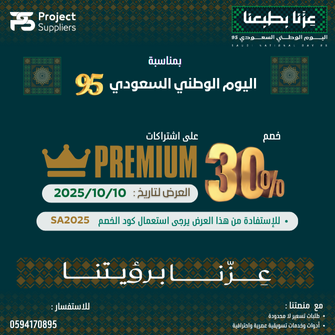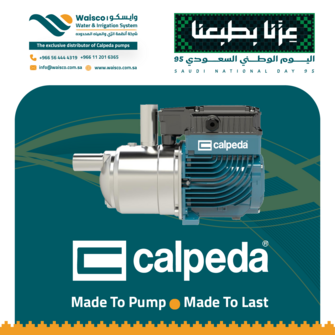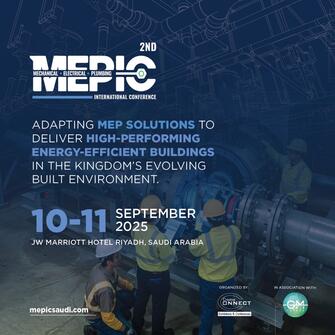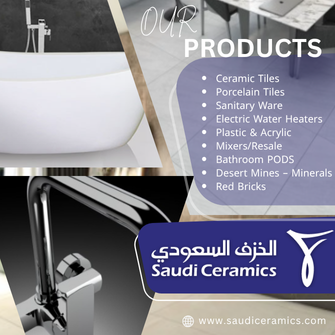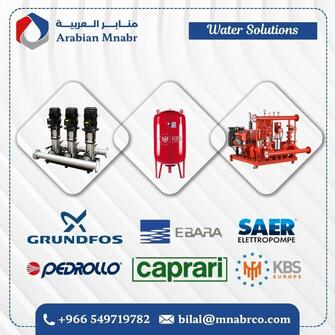advertisement
Service Information
Air conditioning is a combined process that performs many functions simultaneously. It conditions the air, transports it, and introduces it to the conditioned space. It provides heating and cooling from its central plant or rooftop units. It also controls and maintains the temperature, humidity, air movement, air cleanliness, sound level, and pressure differential in a space within predetermined limits for the comfort and health of the occupants of the conditioned space or for the purpose of product processing.
The term HVAC&R is an abbreviation of heating, ventilating, air conditioning, and refrigerating. The combination of processes in this commonly adopted term is equivalent to the current definition of air conditioning. Because all these individual component processes were developed prior to the more complete concept of air conditioning, the term HVAC&R is often used by the industry.
DESIGN FOR AIR CONDITIONING SYSTEM
System design determines the basic characteristics. After an air conditioning system is constructed according to the design, it is difficult and expensive to change the design concept.
It is necessary for the designer to select among the available alternatives for optimum comfort, economics, energy conservation, noise, safety, flexibility, reliability, convenience, and maintainability. Experience, education, and judgment all enter into the selection process. If both a complicated system and a simple system yield the same performance, the simple system is preferred for its reliability, operator convenience, and lower cost.
When an HVAC&R system design is under pressure to reduce the initial cost, some avenues to be considered are as follows:
- Select an optimum safety factor.
- Minimize redundancy, such as standby units.
- Conduct a detailed economic analysis for the selection of a better alternative.
- Calculate the space load, the capacity of the system, and the equipment requirements more precisely.
- Adopt optimum diversity factors based on actual experience data observed from similar buildings.
A diversity factor is defined as the ratio of the simultaneous maximum load of a system to the sum of the individual maximum loads of the subdivisions of a system. It is also called the simultaneous-use factor. For example, in load calculations for a coil, block load is used rather than the sum of zone maxima for sizing coils for AHUs installed with modulating control for the chilled water flow rate.
The need for a higher-quality design requires that engineers have a better understanding of the basic principles, practical aspects, and updated technology of HVAC&R systems in order to avoid overdesign or underdesign and to produce a satisfactory product.
Design of the Control System
Controlling and maintaining the indoor environmental parameters within predetermined limits depends mainly on adequate equipment capacity and the quality of the control system.
Energy can be saved when the systems are operated at part load with the equipment’s capacity following the system load accurately by means of capacity control.
Because of the recent rapid change of HVAC&R controls from conventional systems to energy management systems, to DDC with microprocessor intelligence, and then to open-protocol BACnet, many designers have not kept pace.
In 1982, Haines did a survey on HVAC&R control system design and found that many designers preferred to prepare a conceptual design and a sequence of operations and then to ask the representative of the control manufacturer to design the control system.
Only one-third of the designers designed the control system themselves and asked the representative of the control manufacturer to comment on it. HVAC&R system control is a decisive factor in system performance. Many of the troubles with HVAC&R arise from inadequate controls and/or their improper use. The designer should keep pace with the development of new control technology. He or she should be able to prepare the sequence of operations and select the best-fit control sequences for the controllers from a variety of manufacturers that offer equipment in the HVAC&R field.
The designer may not be a specialist in the details of construction or of wiring diagrams of controllers or DDC modules, but he or she should be quite clear about the function and sequence of the desired operation, as well as the criteria for the sensors, controllers, DDC modules, and controlled devices.
If the HVAC&R system designer does not perform these duties personally, preparation of a systems operation and maintenance manual with clear instructions would be difficult. It would also be difficult for the operator to understand the designer’s intention and to operate the HVAC&R system satisfactorily

INSTALLATION OF AIR CONDITIONING SYSTEM
Installation of equipment and ducts normally according to design specifications, using installation requirements and procedures from the Uniform Mechanical Code, the Air Diffusion Council, SMACNA, California Residential Energy Efficiency Standards, and manufacturers’ specifications.

MAINTENANCE OF AIR CONDITIONING SYSTEM
Combined with lighting, HVAC systems remain the largest consumer of energy in commercial buildings. While there are many practical ways to reduce energy consumption, preventive maintenance of your HVAC system remains one of the cheapest and most effective ways to uphold performance, decrease costs and increase the lifespan of your system.

Looking for new opportunities in the Saudi market?
Receiving real RFQs is the key for new orders.
Here in Project Suppliers platform we gain you the new opportunity.




